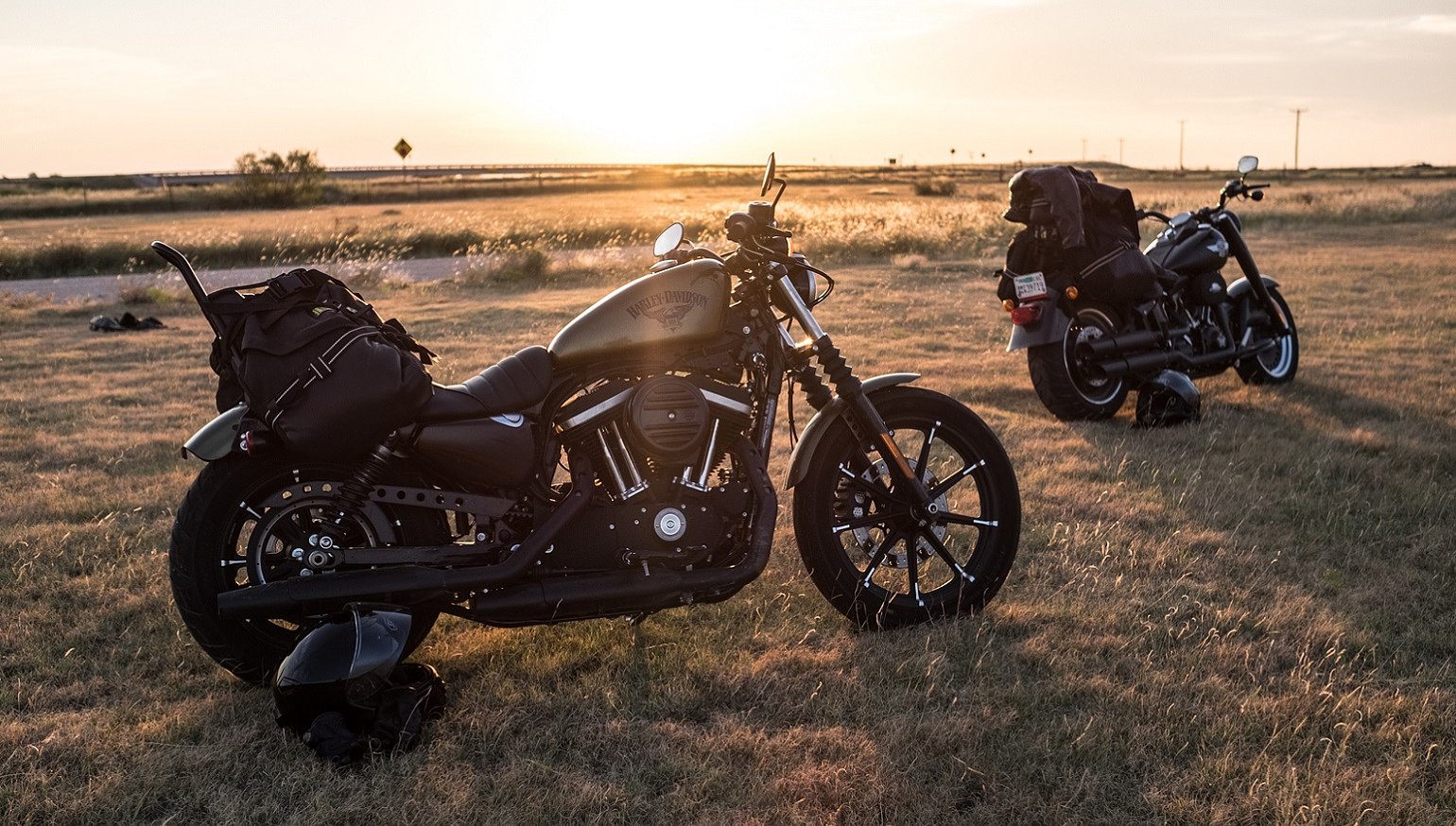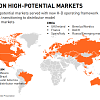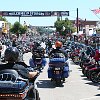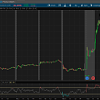Harley-Davidson showed the first signs of progress with its new strategy when it announced third-quarter results yesterday: The company again sold fewer motorcycles, continuing a steady decline that dates back to 2015, but reported higher profits than a year ago.
Let's look at the headline numbers and then go inside the report to look at some other things we did and didn't learn from the quarterly report.
Fewer sales, less revenue, more profit
Total revenue was $1.17 billion for the quarter, a drop of 8.4 percent from the third quarter of last year, but net income was $120 million, a 38.9 percent increase. Lower revenues were driven by unit sales that were down 8.1 percent worldwide and 10.3 percent in the United States, plus the fact that fewer expensive touring bikes were sold and more Sportster and Street models went out the door.
The company's cost-cutting has paid off, however, allowing it to post much higher profits than analysts expected, leading to a big jump in the stock price, which was up more than 25 percent at one point in the day.

Beyond the numbers, here are four other takeaways from the conference call.

Still no news on the Bronx
As we reported in August, the Bronx (formerly called the streetfighter model) has been postponed, at minimum, and possibly canceled, as new CEO Jochen Zeitz dialed back the number of new models and kept the focus on the Pan America adventure-touring bike, in terms of new segments. Unfortunately, no new information about the fate of the Bronx came out of yesterday's call. None of the financial analysts asked about the model. Zeitz' only reference, in talking about the company's shift in strategy, was "We did not hesitate to delay or cancel products like streetfighter that do not provide the right timing, or return profile."
But which is it? Delay or cancel? We still don't know.

"Market share right now does not really matter"
One of the stats many people cite when asserting that Harley-Davidson is the 800-pound gorilla of U.S. motorcycling that is too big to fail is that the company holds more than 50 percent market share. That lacks some context, because the figure Harley-Davidson cites is its share of the market for motorcycles 601 cc and larger, so it doesn't include the thousands of small street bikes and dirt bikes sold across the country. But now, Harley-Davidson doesn't even have a majority of the street bike market of 601 cc and up. And doesn't really plan to.
In the third quarter of last year, Harley-Davidson's market share was 49.8 percent, meaning it still sold almost as many units in that U.S. market segment as all its competitors combined. But this year that market share was down to 41.4 percent. Further, as Zeitz has made clear in his reorganization plan, called the Rewire (not to be confused with the Hardwire, the five-year strategic plan that will be unveiled in February), the way ahead is to simplify the lineup by producing 30 percent fewer models, making fewer options among models, and by managing inventory to keep selling prices up. One of the main reasons unit sales were down is because Harley-Davidson intentionally reduced inventory. That helped dealers demand prices at or near MSRP for new bikes and get more for used bikes, too. Further, the number of dealers has dropped by 61 this year. The word Zeitz uses constantly is "desirability." In his view, it doesn't hurt if the bikes are a little scarce and coveted.
For those reasons, don't expect to see Harley-Davidson get back above 50 percent market share in the large street bike segment.
"We've always said that market share right now does not really matter because we have to focus not on volume but on desirability," Zeitz said. "We will not pursue growth merely for growth's sake," he added, but instead the company will "solidify our place as the most desirable motorcycle brand in the world."

Global retreat, but an orderly retreat
Zeitz also provided some more details about his plan to exit about 40 markets around the world. The revised structure will have Harley-Davidson doing business directly in the top 36 markets, and in 17 other countries it will sell motorcycles through distributors. One of those latter countries is India, the world's largest motorcycle market. It was widely reported earlier this year when Harley-Davidson confirmed that India was one of the markets it was exiting. But Indian motorcyclists will still be able to buy Harleys.
Harley announced an agreement with Indian motorcycle giant Hero MotoCorp, which will sell Harley-Davidson motorcycles, parts and accessories and provide service through some of its dealers.
Harley-Davidson Chief Commercial Officer Larry Hund said the markets the company is exiting are mostly very small, often limited to one or two dealers, and the change would not materially affect global sales.
They're Harley bicycles but they're not Harleys
When Harley-Davidson started talking about selling not only its premium-priced LiveWire electric motorcycle, but also smaller electric bicycles, many readers here at Common Tread wondered what sort of culture clash that would create in Harley-Davidson dealerships. Many of us remember that plenty of Harley dealers and their employees didn't want to be bothered with Buell motorcycles, so how could they be expected to support electric bicycles enthusiastically?
Harley-Davidson has a new approach that may address that concern. It still plans to produce electric bicycles, but they will be sold under another brand name: Serial 1, powered by Harley-Davidson.
"We decided to outsource and restructure our e-bicycles business, creating a new venture with minority equity participation," Zeitz said. "This approach allows us to have measured participation in the e-bicycle market while maintaining clear focus on key motorcycle segments." He said the arrangement would allow Serial 1 to operate more independently and stay agile "without risking brand dilution" on the part of Harley-Davidson.
It also allows Serial 1 to draw on the Harley name, as shown in the video above, without potential buyers having to wade into the possibly unfamiliar and unwelcoming environment of a motorcycle dealership.
Since he was named interim CEO in February and put in the job permanently in May, Zeitz has moved quickly to change the company's strategy from global growth to a tighter focus on selling premium motorcycles at a premium price. "Desirability" is his most used word and discounting is his least favorite tactic. For the third quarter, at least, Harley-Davidson was able to execute on that strategy and combine shrinking sales with greater profits.































 Riders Preferred Membership
Riders Preferred Membership







